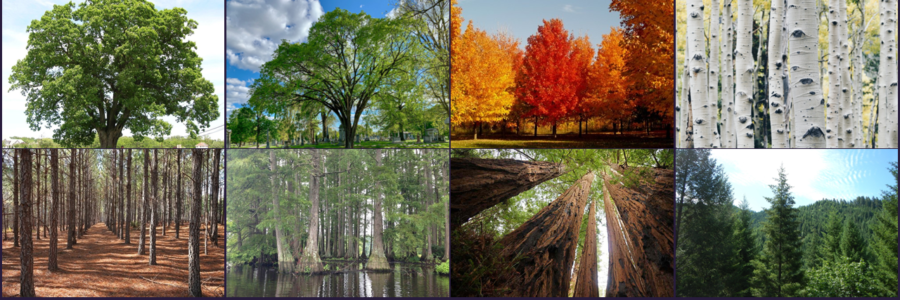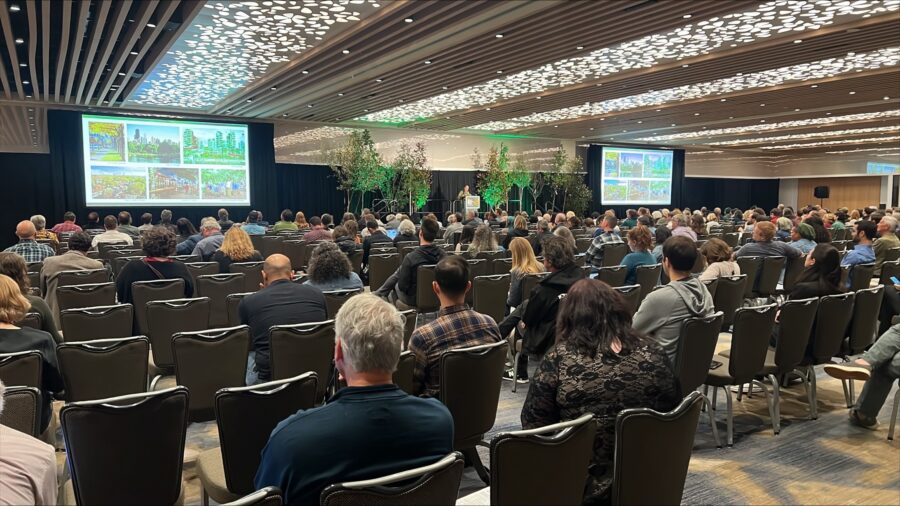By Kevin O’Hara
Recently, natural climate solutions — including trees and forests — have seen an increase in debate. Stories questioning the value of trees and forests has led some to confusion, and potentially contributed to ‘greenhushing’ nature-based climate commitments.
At this key moment, it is natural to want to pivot our energy to defense rather than impact. Are we missing the forest for the trees? It is easy to be swept away by headlines and lose sight of the full picture.
There are many benefits to increasing the resiliency of forests from extreme climate events — such as drought and wildfire — and for the co-benefits climate smart reforestation can have for people, flora, and fauna. And there is significant positive progress to report:
• The passage of the Bipartisan Infrastructure Law (BIL) and the Inflation Reduction Act (IRA) have led to historic public sector investments in nature; over $14 billion according to American Forests.
• Over 4,000 companies have committed to making significant reductions in their carbon emissions and hundreds are making serious investments in forests and nature. 1t.org US alone has seen 100 public, private and NGO leaders making nature positive pledges to conserve, restore and grow trees and forests as well as a diverse suite of supporting actions from implementing nature positive policies to making significant financial investments.
• States are setting a high bar for future-facing policies and investments in climate-smart reforestation, and a growing cohort of cities have embraced tree equity as a unifying concept for re-greening cities.
We welcome the spotlight on trees, as we won’t solve our biggest climate challenges without transparency, rigor and accountability, but we also need to educate around the science and nuance of the conervation and restoration movement.
There is an opportunity to make the most of the once-in-a-lifetime opportunity afforded by the IRA and BIL. With substantial government investment, business commitment, and emerging scientific insights, now is a crucial time to align efforts.
In October, I moderated a virtual session to address this debate and align cross-sectoral stakeholders with the latest messaging, research and myth-busting. We brought together the authors of recent polls and reports to brief our community on how these disparate efforts are converging. Our speakers were:
• Nathan Henry | Program Director, U.S. Nature4Climate, The Nature Conservancy
• Emily Poyser | Centre for Nature and Climate, World Economic Forum
• Lucy Almond | Director of Nature4Climate, The Nature Conservancy
• John Lotspeich | Executive Director, Trillion Trees – BirdLife, WCS, WWF
We do not have time to wait for the perfect answer before we start making progress. Science tells us that we need nature-based solutions to provide up to a third of the carbon dioxide mitigation required by 2030.
In the session, Lucy Almond of Nature4Climate took on disinformation with their new report busting the myths around nature-based solutions and responding to “the negative narrative with a positive approach.”
And thanks to USN4C we know the public is on our side. Nathan Henry reviewed the results of a USN4C commissioned poll of voters that showed an overwhelming majority in favor of policies and investments in trees and forests.
Emily Poyser of the World Economic Forum shared communications best practices for companies navigating the nuances of their contribution to a nature-positive economy through seven tips she developed with Joel Makower of GreenBiz Group.
Finally, John Lotspeich of Trillion Trees shared World Wildlife Federation’s (WWF) recent Forest Pathways Report which includes steps we must take to ensure we tackle the systemic threats to forests, deliver the funding needed to protect and restore them, and bring national policies in line with global commitments.
Below are some additional resources you may find helpful. I look forward to working together as a community to address the scrutiny and continue to show how forests and trees are essential to a future that supports people, biodiversity and planet.
Additional Reading
• Reddit’s Ex-CEO: Bill Gates is Wrong about Trees
• Why Planting and Growing Trees Matter for Climate, People, and Biodiversity
Kevin O’Hara is the Lead for 1t.org US
Photo: Still Poetry Photography / American Forests



